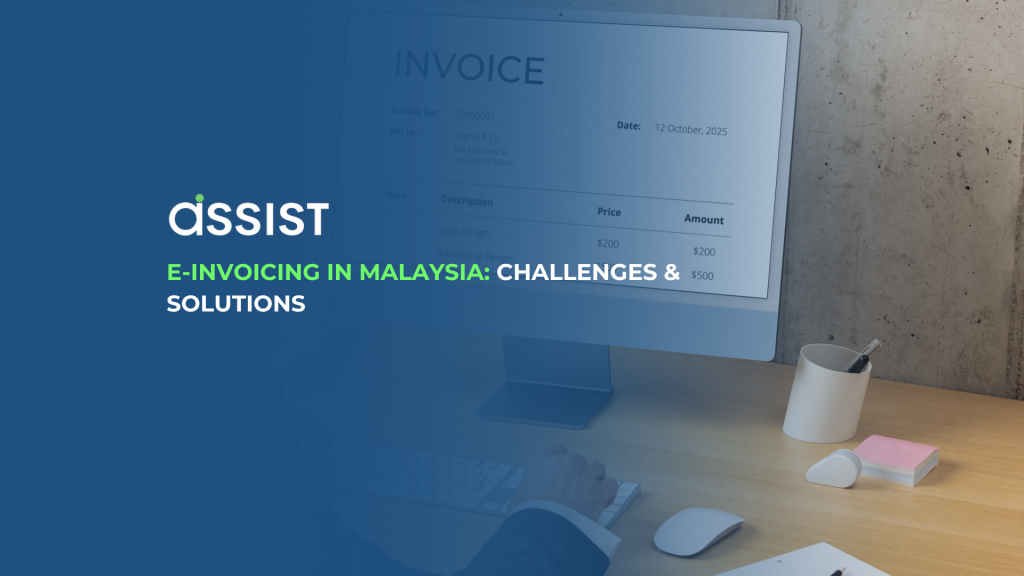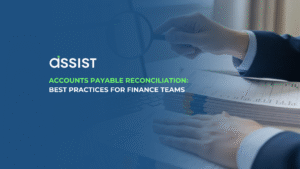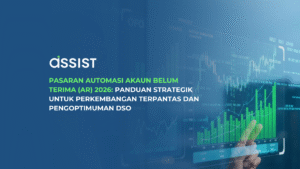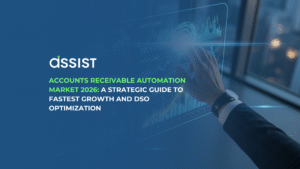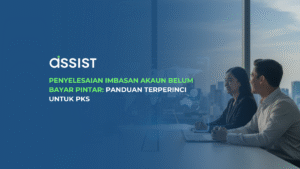With Malaysia advancing towards a fully digital tax system, e-invoicing has become a crucial topic for businesses. The Malaysian government, through MyInvois, aims to streamline invoicing processes and improve tax compliance. However, the transition from traditional invoicing to e-invoicing presents several challenges. This article explores what e-invoicing is, the common issues businesses face, and strategies to overcome them.
.
Table of Contents
ToggleWhat is E-Invoicing?
E-invoicing refers to the digital creation, exchange, and storage of invoices between businesses and tax authorities. Instead of using paper-based or PDF invoices, companies submit structured invoices electronically through a government-approved platform such as MyInvois Portal.
Key Features of E-Invoicing in Malaysia
- Standardized Invoice Format Businesses must comply with the government’s mandated format for electronic invoices.
- Real-Time Reporting: Invoices are transmitted and validated instantly via the MyInvois system.
- Digital Authentication: E-invoices must include digital signatures or other security measures to ensure authenticity.
- Automated Tax Compliance: The system automatically processes invoices, reducing errors and improving tax reporting.

By implementing e-invoicing, businesses can enhance efficiency, minimize paperwork, and comply with government tax regulations more effectively.
Common Challenges of E-Invoicing in Malaysia and How to Overcome Them
1. Lack of Awareness and Understanding
Many businesses, especially SMEs, are unfamiliar with how e-invoicing works and why it is being implemented. Insufficient knowledge can lead to confusion and resistance to change.
Solution:
- Stay updated with official announcements from Lembaga Hasil Dalam Negeri (LHDN).
- Attend webinars or training sessions on e-invoicing.
- Consult tax professionals or software providers for guidance.
2. Compliance with Government Regulations
The Malaysian government has outlined specific compliance requirements for e-invoicing, including data formats, digital signatures, and real-time reporting. Non-compliance may result in penalties.
Solution:
- Understand the e-invoicing regulations in Malaysia and ensure your system meets them.
- Use MyInvois Portal or government-approved e-invoicing software.
- Regularly audit your invoices to maintain compliance.
3. Integration with Existing Accounting Systems
Many businesses already rely on accounting software, and integrating e-invoicing can be complex and costly.
Solution:
- Choose e-invoicing solutions that support API integration with your existing software.
- Work with IT specialists to ensure smooth integration.
- Opt for cloud-based solutions for easier implementation.
4. Data Security and Fraud Risks
Since e-invoicing involves digital transactions, businesses may be concerned about cybersecurity risks, including invoice fraud, hacking, or data breaches.
Solution:
- Use secure platforms with encryption and authentication features.
- Implement internal security protocols to prevent unauthorized access.
- Educate employees on cybersecurity best practices.
5. Resistance to Change from Employees and Vendors
Transitioning to e-invoicing requires a change in workflows, which can be met with resistance from employees or vendors who are comfortable with traditional invoicing methods.
Solution:
- Provide training and demonstrations to employees.
- Highlight the benefits of e-invoicing, such as cost savings and efficiency.
- Work closely with vendors to ensure a smooth transition.
How Assist E-Invoice Can Help
To ease the transition to e-invoicing, Assist E-Invoice provides businesses with a seamless and compliant e-invoicing solution.
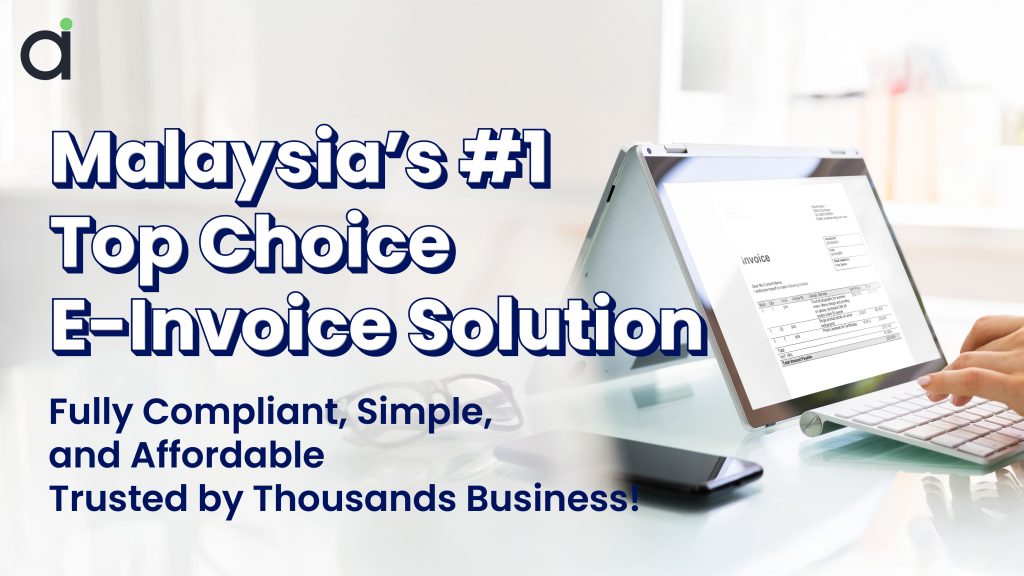
Key Benefits of Assist E-Invoice:
✅ Easy Integration – Compatible with existing accounting and ERP systems, reducing operational disruptions.
✅ Real-Time Compliance – Ensures all invoices adhere to LHDN requirements in real time.
✅ Automated Reporting – Reduces manual workload and minimizes human errors in tax reporting.
✅ Secure Transactions – Safeguards business transactions through encryption and authentication measures.
✅ User-Friendly Interface – Designed for businesses of all sizes, from SMEs to large enterprises.
By using Assist E-Invoice, businesses can confidently transition to Malaysia’s e-invoicing system while ensuring compliance and operational efficiency.
Conclusion
While e-invoicing in Malaysia presents several challenges, businesses can overcome them with the right knowledge, technology, and support. By staying informed, ensuring compliance, and choosing the right e-invoicing solutions like Assist E-Invoice, businesses can smoothly transition into this new digital era.
Are you ready for e-invoicing in Malaysia?
Start preparing today with Assist E-Invoice to stay ahead of the curve!
Click here to read more about FAQs on E-invoicing in Malaysia
Frequently Asked Questions (FAQ) on E-Invoicing in Malaysia
What is e-invoicing?
E-invoicing is the process of issuing, transmitting, receiving, and storing invoices electronically in a structured digital format. It ensures compliance, automation, and efficiency in business transactions.
What are the benefits of e-invoicing?
- Faster processing and reduced errors
- Enhanced tax compliance and reporting
- Cost savings on paper invoices
- Streamlined transactions between businesses
How do businesses implement e-invoicing?
Businesses can either:
- Use the MyInvois Portal – A free solution by IRBM
- Integrate their ERP/accounting software with the IRBM’s e-invoice system
- Engage third-party service providers for automation
What is the MyInvois Portal?
The MyInvois Portal is a free e-invoicing solution provided by IRBM for businesses to generate and manage e-invoices digitally. It’s accessible via computers and mobile devices.
How does e-invoicing affect tax reporting?
E-invoicing automates tax reporting, reducing errors and ensuring compliance with IRBM regulations. It integrates directly with the tax system for real-time monitoring.
What is Assist E-Invoice?
Assist E-Invoice is a solution that helps businesses transition to e-invoicing smoothly, ensuring compliance and seamless integration with existing accounting systems.
